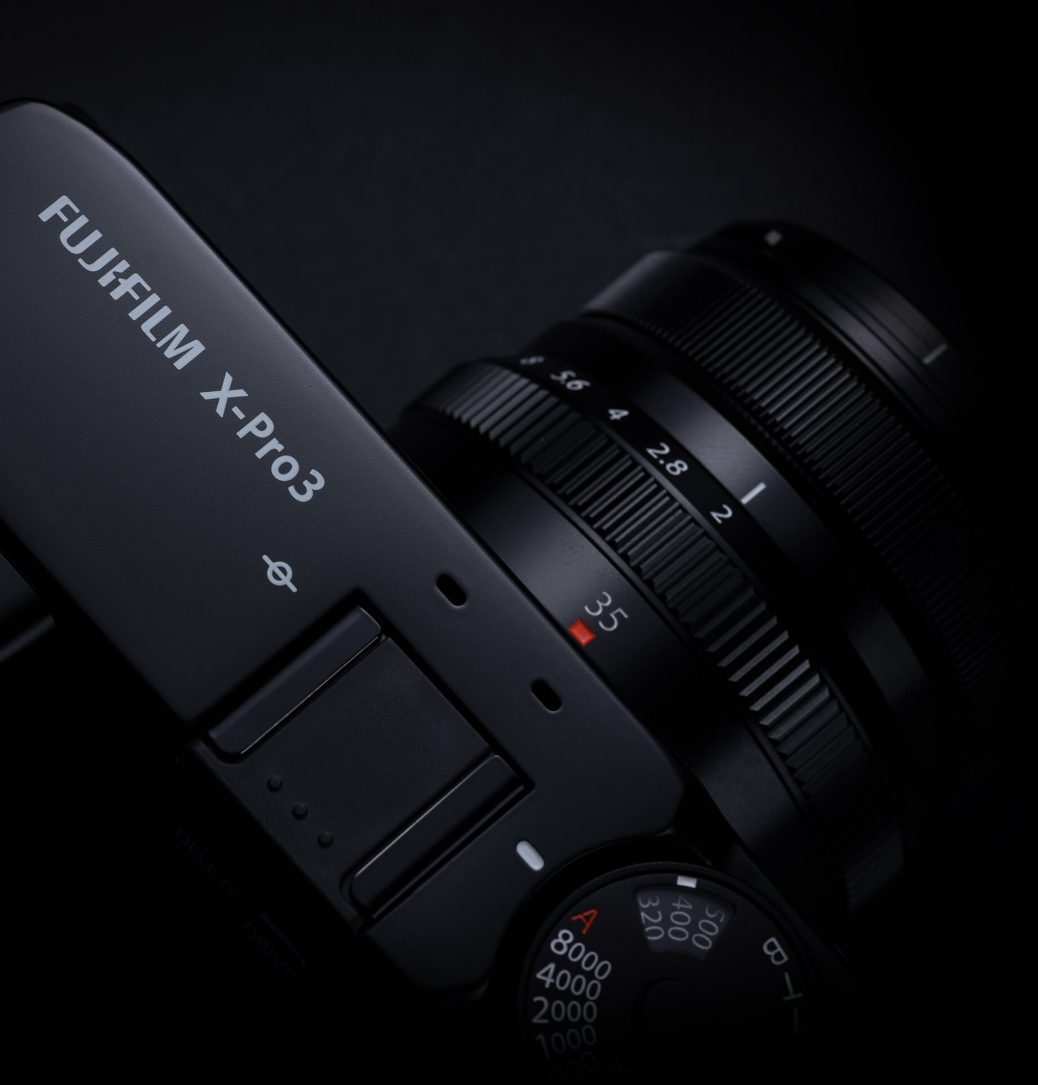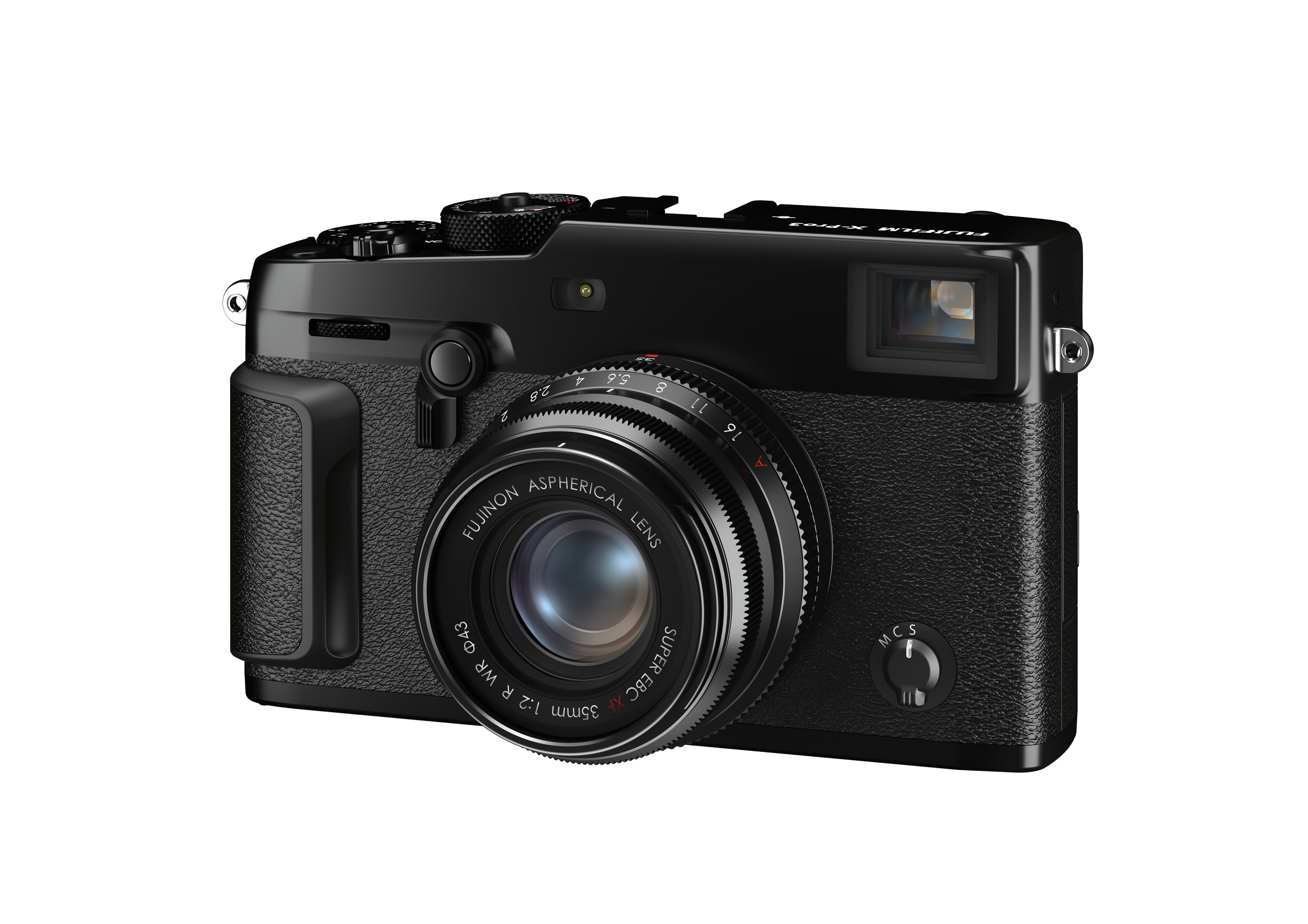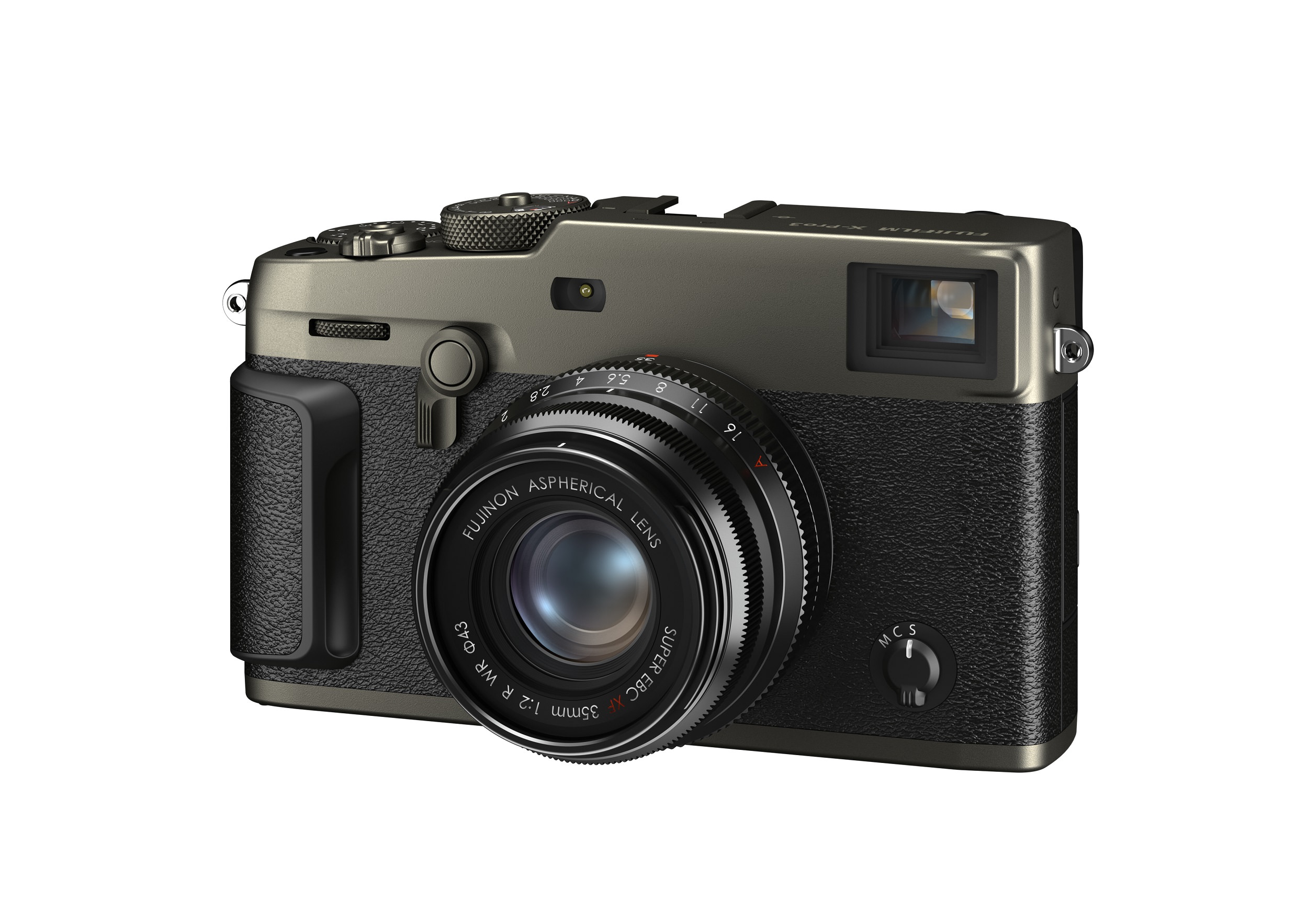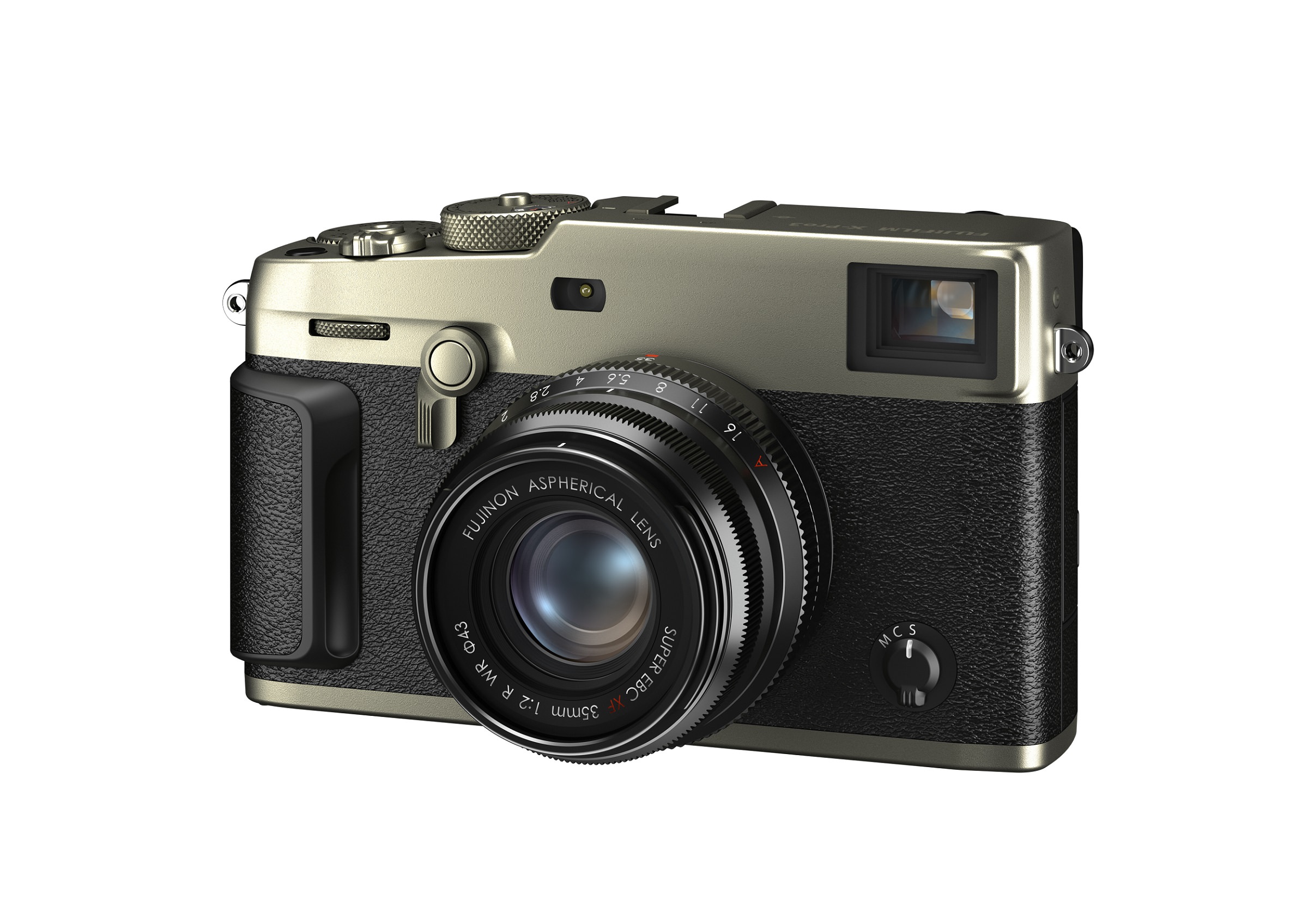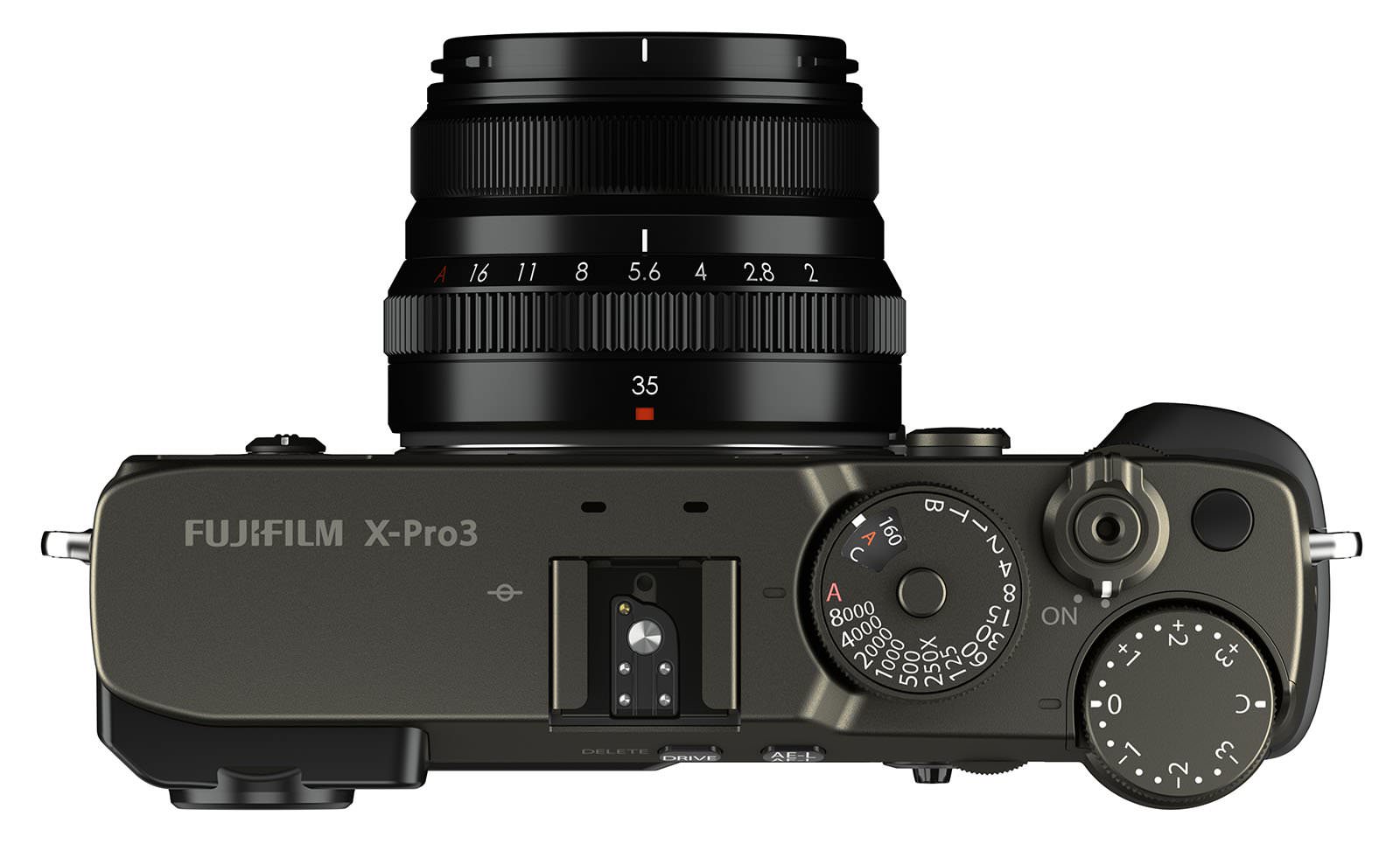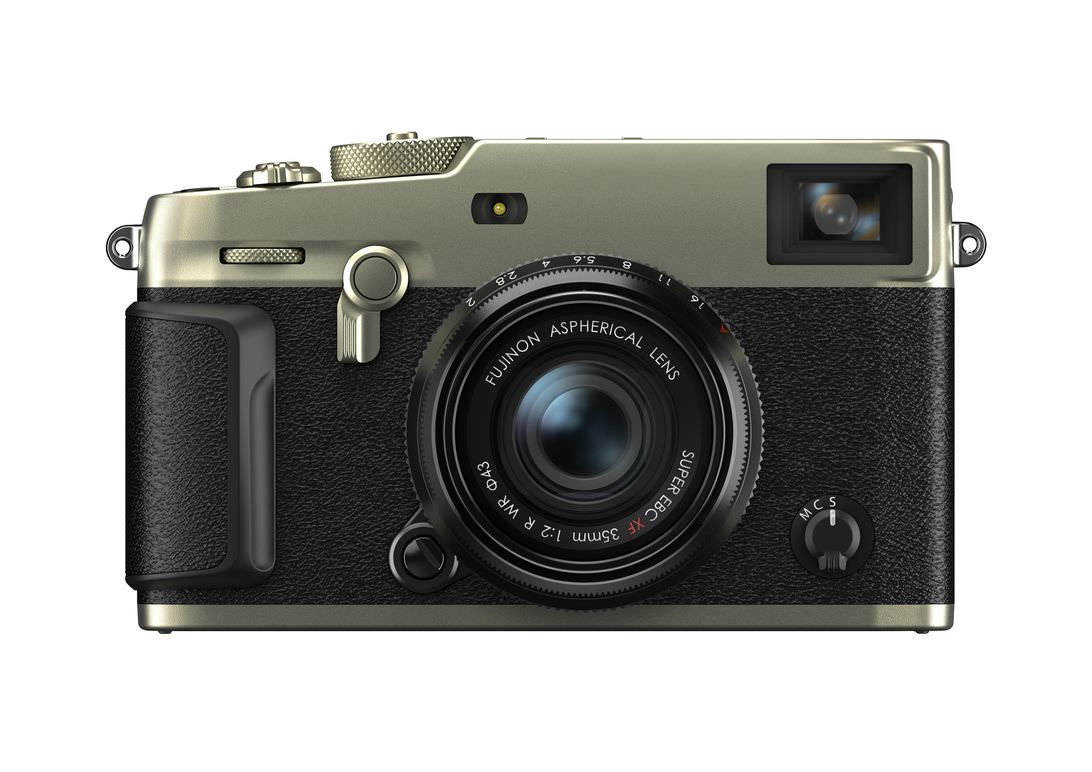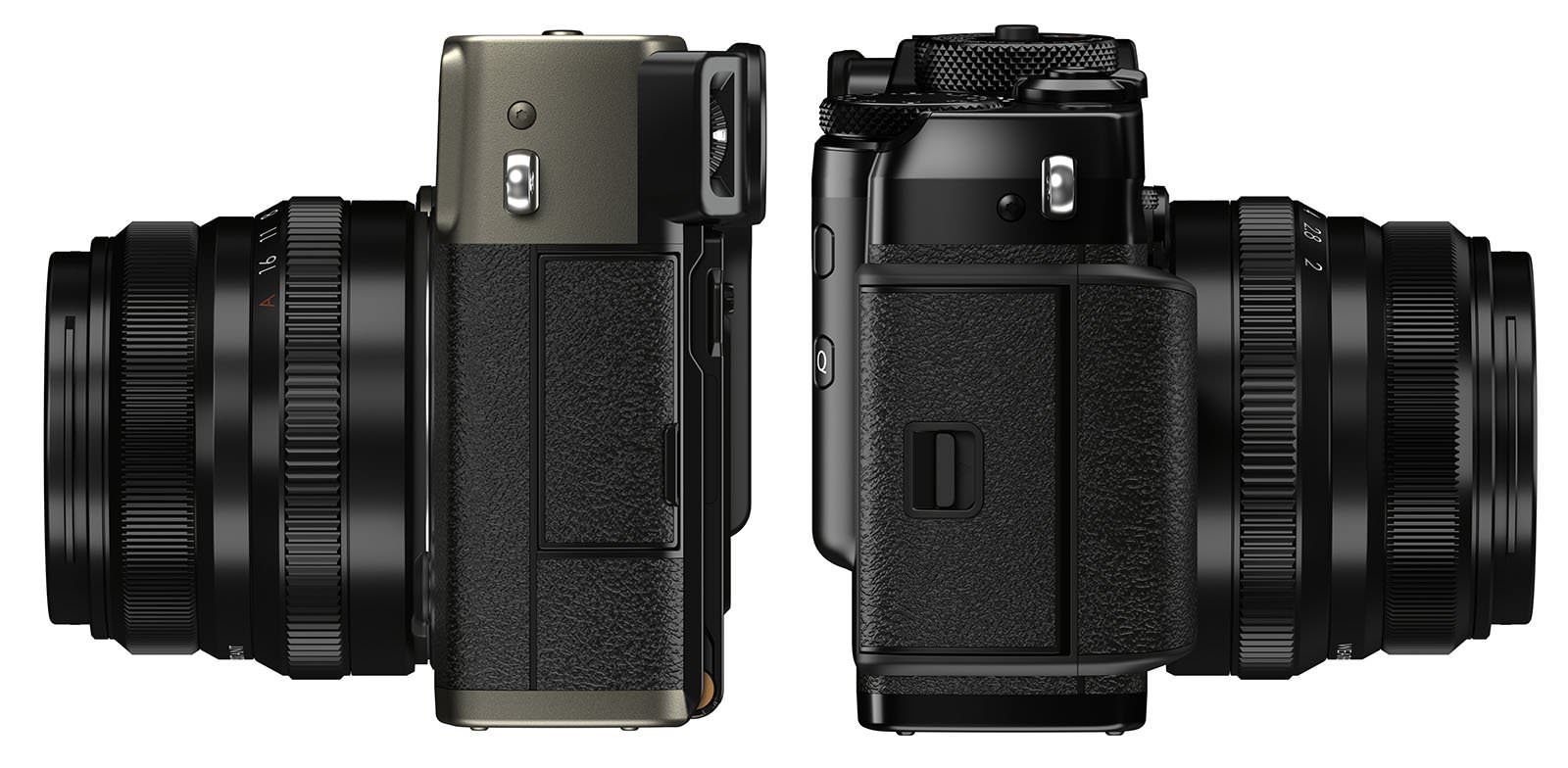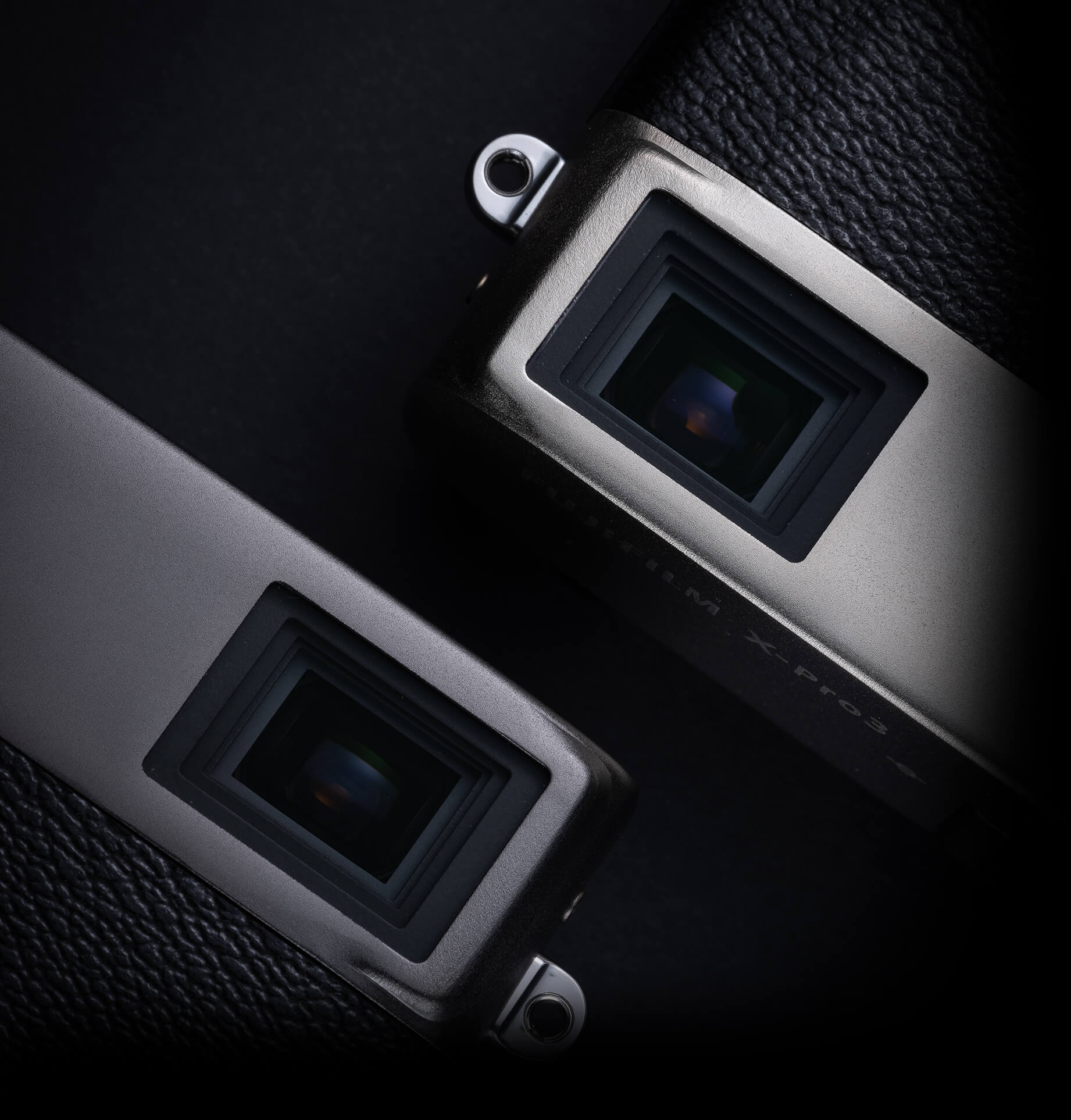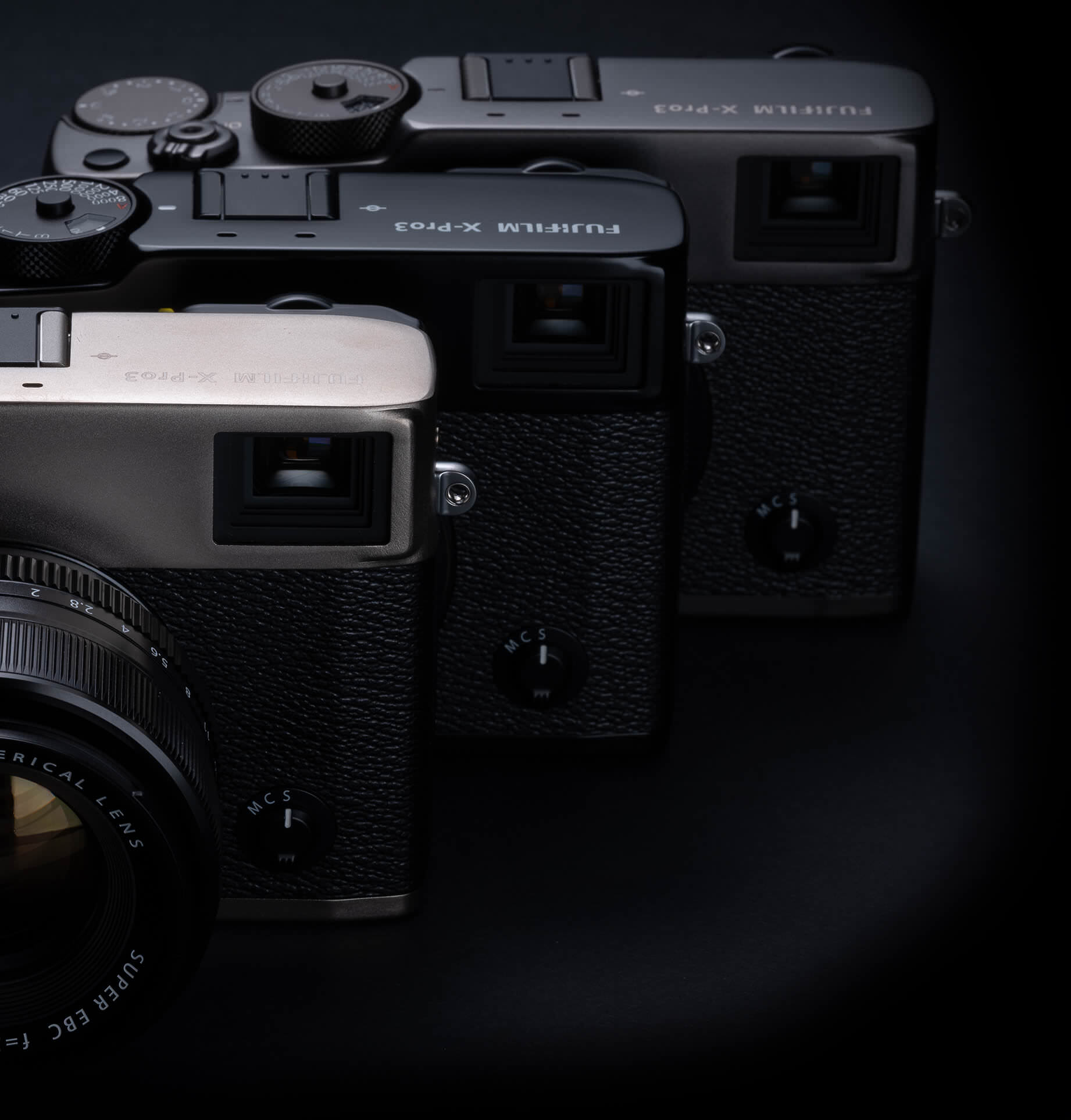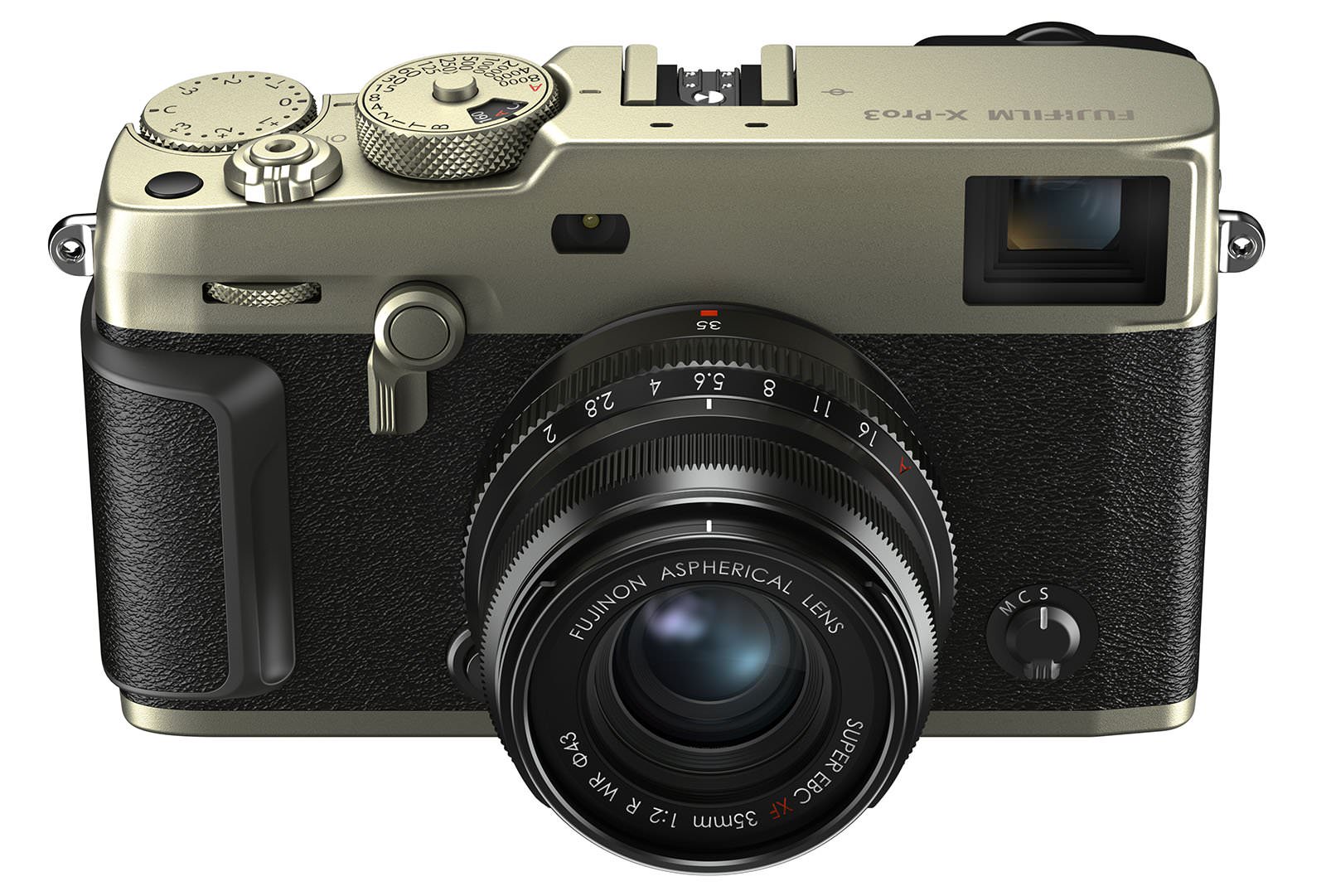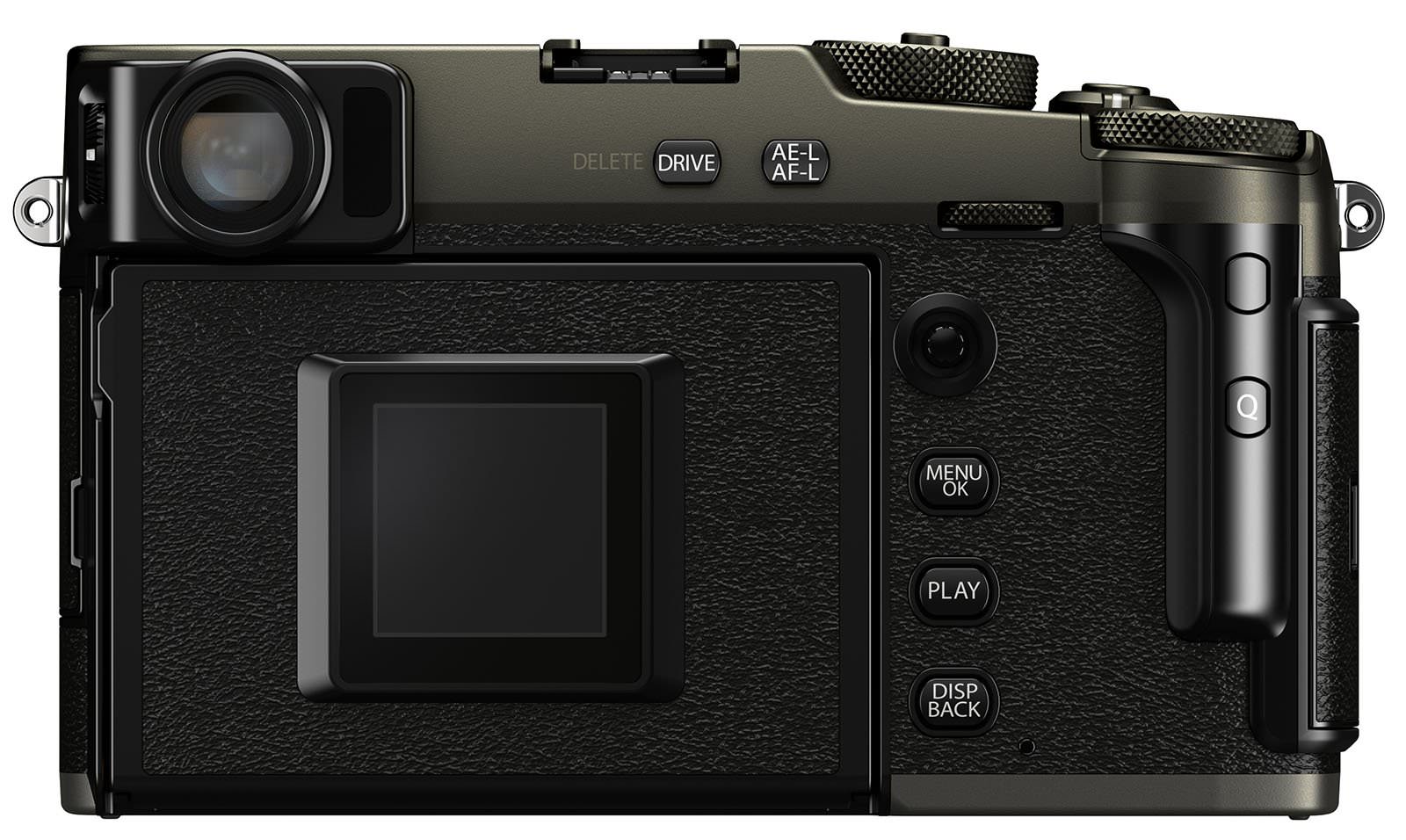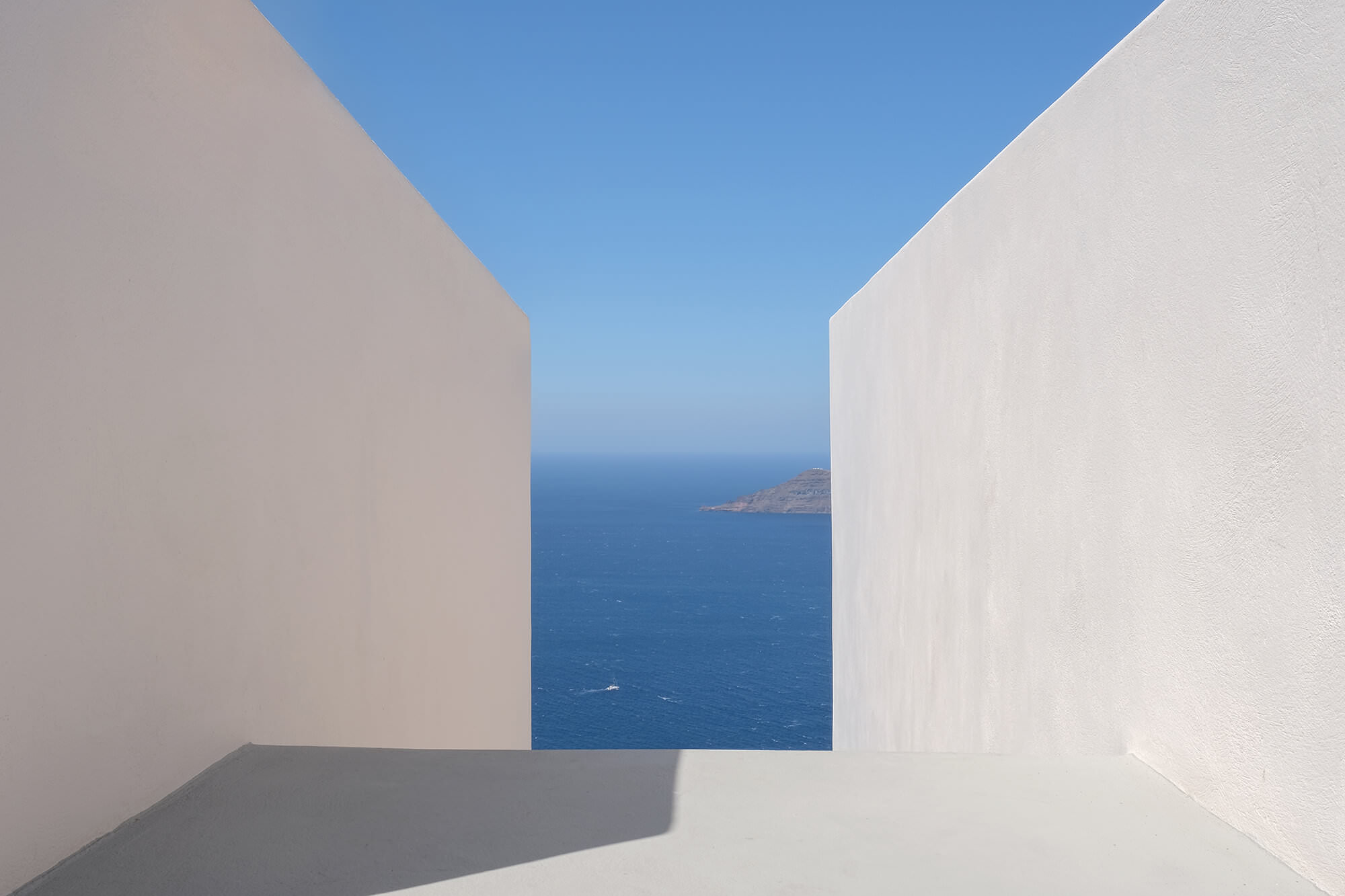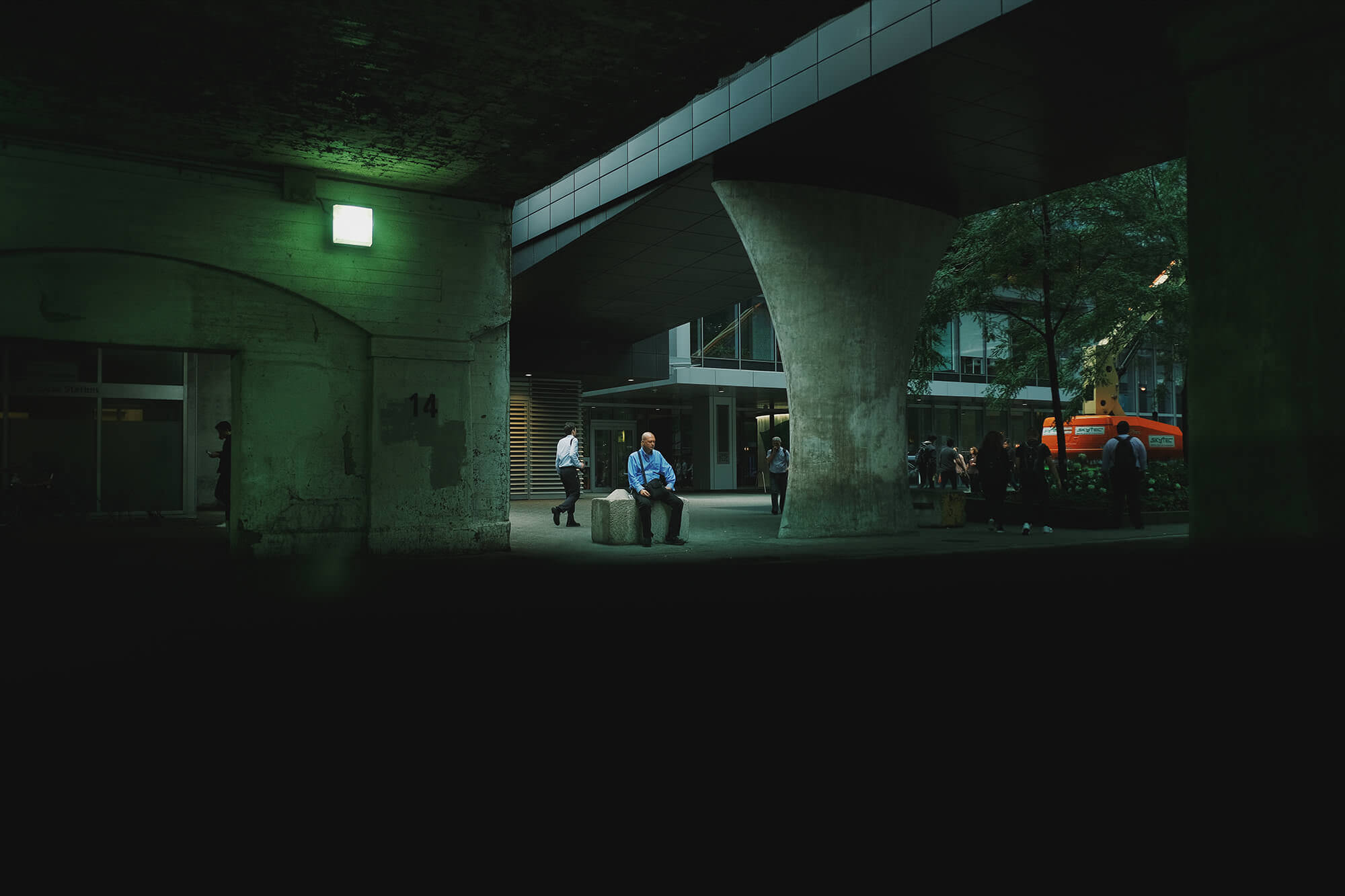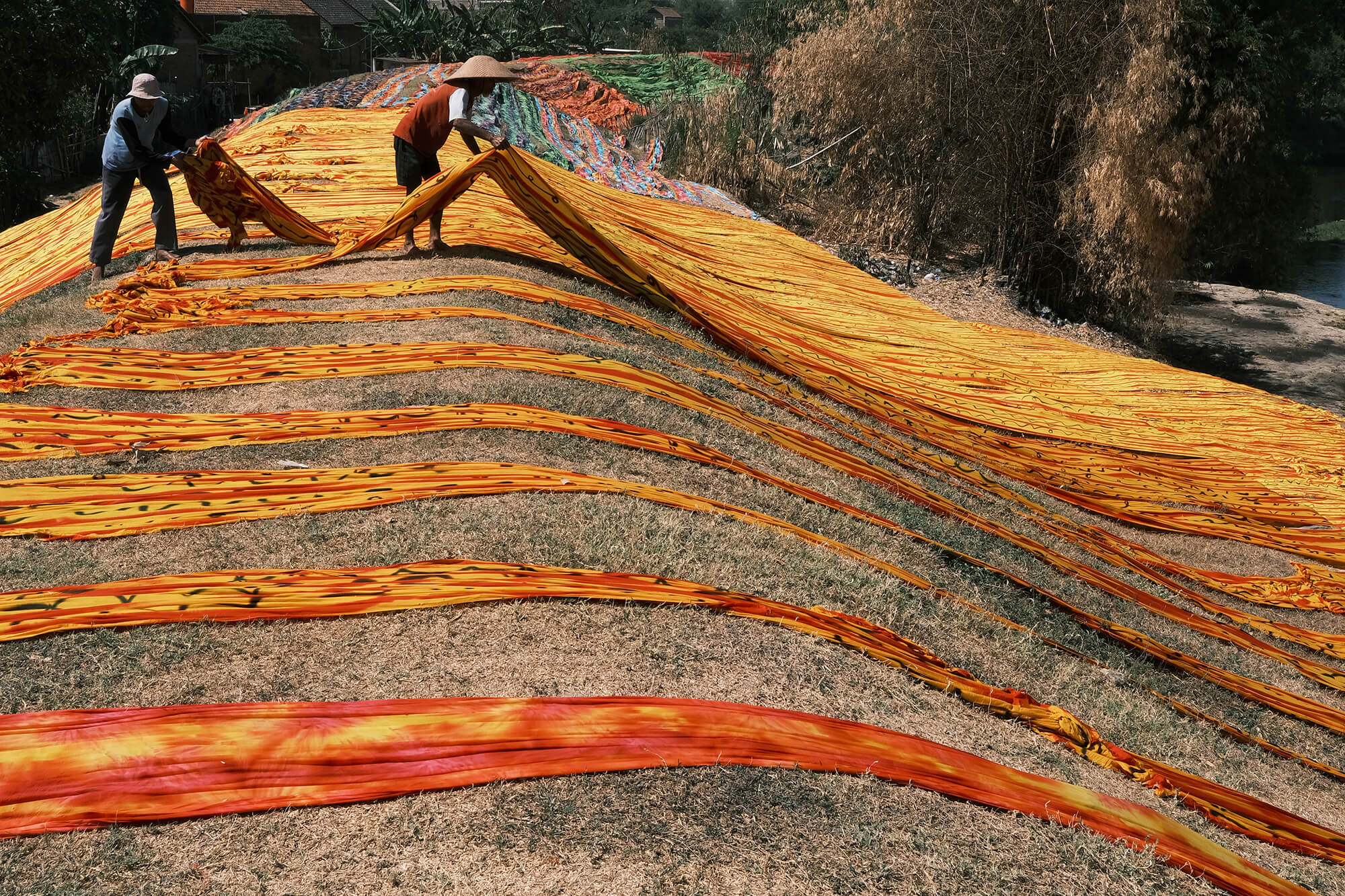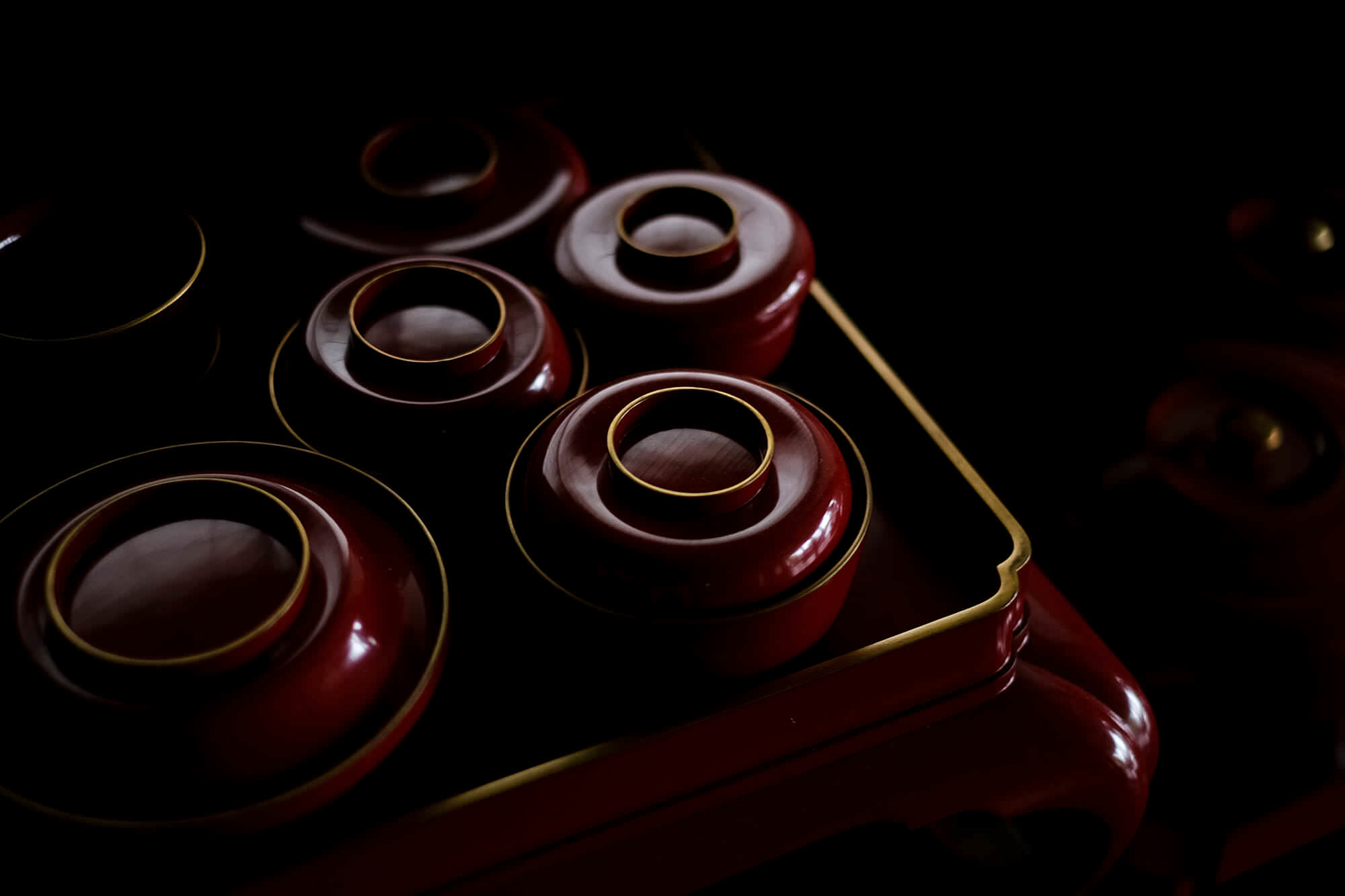Fujifilm X-Pro 3 Officially Announced, the First Digital Camera Made of Titanium
As revealed before, Fujifilm has announced the new X-Pro3, a rangefinder-styled mirrorless camera that was designed with street photographers and photojournalists in mind.
Following in the philosophical footsteps of the Leica M10-D, Fujifilm’s taking the less-is-more approach for the next generation of its rangefinder-style mirrorless, the X-Pro3. It’s designed to be used with the LCD closed to minimize distractions, instead of displaying a small status LCD with information like shutter speed, aperture and ISO on it. The camera also inherits the better sensor and faster image processor of the flagship X-T3 and gets more sensitive auto-focus (down to -6 EV, which is pretty dark) and an updated viewfinder.
Build-wise, the company has developed the X-Pro3 with the commitment to producing a compact, lightweight and highly-durable camera body in elegant yet understated design to allow users to carry the camera easily, providing an excellent viewfinder that captures a photo subject accurately and facilitates perfect framing, and offering color reproducibility that creates images exactly as intended by users.
The new X-Pro3 is an exceptionally portable and durable mirrorless digital camera that has a magnesium-alloy interior, which is covered with lightweight, robust and corrosion-resistant titanium on the exterior to achieve premium-quality design, bringing out the beautiful tone and texture of titanium to the maximum.
The X-Pro3 continues the X-Pro legacy with its hybrid optical/electronic viewfinder. The optical viewfinder (OVF) has a 0.5x magnification and parallax-correcting frame lines that help you compose your shots with the “real world” in front of you. You can also see outside the frame, allowing you to better anticipate subjects moving into the shot and see the context of what you’re capturing.
The EVF now uses a high-resolution 3.69-million-dot organic EL panel. It has the maximum luminance of 1500cd/m2 and boats high contrast, making it possible to display the finest details even in shadows and highlights. Its faithful color reproducibility provides an advanced level of visibility.
The “Smoothness priority” mode has been added as the EVF’s new display option. It provides a smooth vision equivalent to approximately 200fps for a minimal sense of residual images and is the perfect option when tracking a fast-moving subject.
The camera also features the “Electronic Range Finder” function, in which a small EVF window is displayed within the OVF. The highly convenient function allows users to view the subject as it is while using the small EVF to enlarge the focusing area of the frame.
On the back of the camera is a hidden 3-inch, 1.62-million-dot, 180-degree-tilting touchscreen. When the screen is closed, there’s only a mini-display visible that shows essential camera settings, “removing the distraction of a fullscreen while shooting,” Fujifilm says.
The screen by default shows the current white balance, film simulation, and ISO settings.
At the heart of the camera is a back-illuminated 26.1-megapixel X-Trans CMOS sensor, up slightly from the 24.3MP one found in the X-Pro2. The sensor is backed by an X-Processor 4 Quad-Core imaging engine, which are the X Series’ fourth-generation devices that have both won a strong reputation following their use in the FUJIFILM X-T3 and FUJIFILM X-T30.
The use of evolved algorithm means the camera is capable of fast and accurate phase-detection AF at the minimum luminance of -6EV, which is close to pitch darkness. Smooth AF is achieved by utilizing the range limiter function, which limits the range of focal lengths for using AF.
The camera’s “HDR Shooting” function combines multiple images of different exposure levels to create a picture of natural colors free of highlight or shadow clipping.
The “Multiple Exposure” function has been evolved, combining up to 9 images taken in different framing or time, into a multi-layered collage for a mysterious effect. Users can apply the Additive, Average, Comparative Bright or Comparative Dark mode as the exposure setting for images to be layered together.
Fujifilm’s legacy in color science has given it legendary status among image-makers across the world. During its 85 years in the industry, Fujifilm has been responsible for some of the most iconic photographic films in history. The exceptional knowledge gained has been poured into Fujifilm’s collection of 16 digital Film Simulation modes. This cutting-edge technology allows photographers to achieve stunning results straight out of camera and X-Pro3 introduces two exciting new additions to the Film Simulation mode collection: CLASSIC Neg. and MONOCHROMATIC Color.
The new “CLASSIC Neg” mode, designed to simulate color negative films traditionally chosen for snapshots of day-to-day scenes it creates high contrast to add definitions and dimensions to your subject.
The Black & White adjustment function, a popular function originally introduced to the FUJIFILM X-T3 and FUJIFILM X-T30, has been updated as the “Monochromatic Color” function. It offers the original “Warm / Cool” tone options as well as the new “Magenta / Green” hue option, giving users a choice from a broad gradation of colors.
The Grain Effect function, which simulates the graininess unique to pictures developed from photographic film, has been evolved so that the users can adjust “strength” and “size” to control the degree of grain strength and coarseness.
The previous models’ “Color Chrome” effect has been added with the new “Color Chrome Blue” mode, reproducing deeper colors and greater tonal definition in blue skies and other primarily blue subjects for versatile photographic expressions.
The X-Pro3 will be available in a painted black version for $1799 or variants with a silver or black hardened, coated surface for $1999.
More info on Fujifilm’s website.

